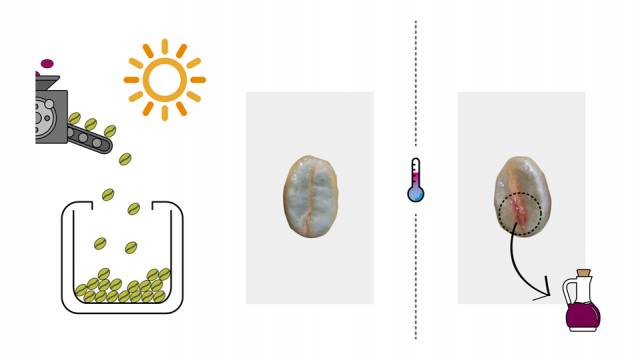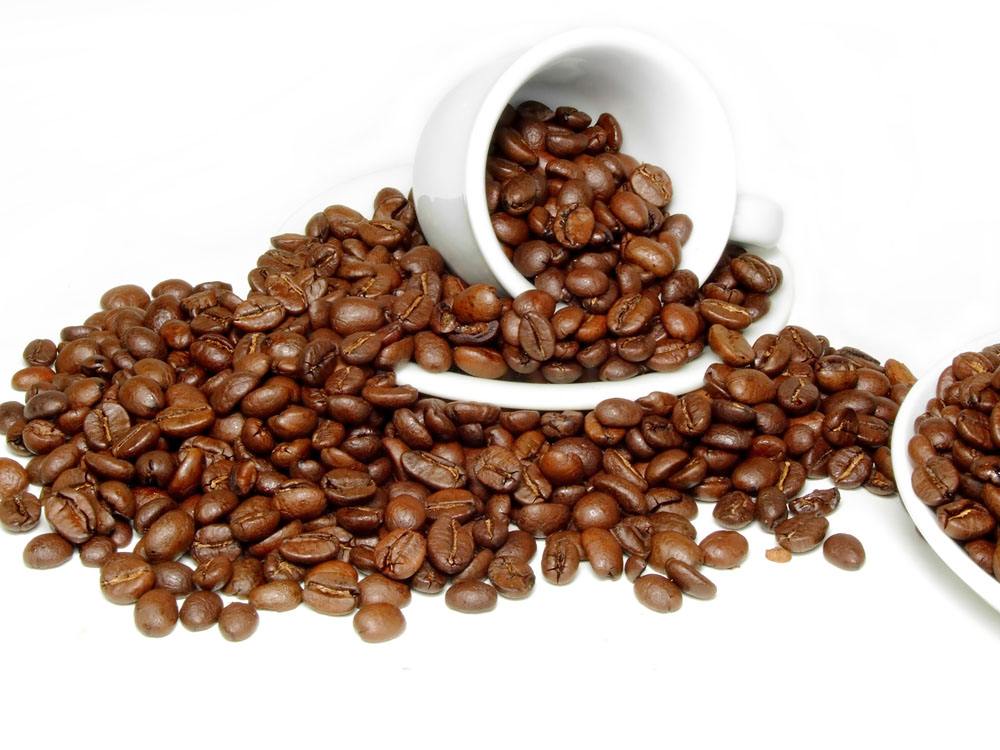What should we pay attention to when baking coffee?
The profession of coffee roaster is not only expressing coffee, but also expressing yourself.
Usually we organize roasters to do coffee cup tests in the circle of Changsha, and we can tell which one comes from which roaster by the characteristics of coffee. As a baker, he often seems to realize his ideas in coffee through baking skills.
And usually experienced roasters, for the coffee raw beans, need to have an in-depth understanding of the original style of raw beans, including taste and characteristics. Planting, harvesting, booing, altitude and handling, storage temperature and humidity before and after baking all affect the taste of a cup of coffee. Based on the above understanding, the baker will predict the final result after baking and realize his understanding through the baking curve.
The baking curve is a professional term in the coffee roasting world. It records the changes in the roasting process and is the key to grasping the taste of coffee.

The dehydration of coffee needs to be carefully recorded, which affects how to use a few percent of the capacity of the coffee baking boiler, how to adjust the hot air exhaust, and whether the coffee can be roasted by the original curve.
The roaster's understanding of coffee determines the future of coffee flavor, just like the education of his own children, based on the roaster's understanding of the world.
Coffee beans, whether new or old, should have their own unique baking curve. Carefully blindly test each batch of coffee beans, compare the baking records, you can find the key elements, grasp the taste of coffee beans should be used.
High-altitude raw beans and ripe raw beans can usually be stored for longer and have a longer life. Out-of-season coffee beans are not necessarily bad, old coffee sometimes has a special flavor to add points to the coffee. Coffee beans in the new season tend to be better after a period of time, such as coffee beans in Africa, which taste clean and bright and thin when fresh. After being placed for a period of time, the volatile aroma of the coffee is thicker and sweeter.
Roasting and cup testing, again and again to adjust, can make the coffee flavor better. Use your senses: eyes, nose, ears and mouth.
Coffee roasting example sharing
[Ethiopia, Europe and Rome]
This is a coffee bean growing at high altitude and has a rich sweetness, so when setting the baking curve, I will choose to use 40% capacity, so that there is enough space in the roasting process to allow the coffee beans to absorb calories and bloom regional flavor. I chose a two-kilogram Turkish roaster lysander, which has a unique temperature display setting.
145 degrees into the beans, 1 minute 30 seconds, 128 degrees return temperature. Half open the throttle before rewarming, and all open the throttle after rewarming.
The first burst begins in about 7 minutes and 45 seconds, temperature 142 degrees, turn off firepower. (since it is an electric roaster, the firepower is adjusted by turning off the switch. At this time, the switch is turned off, and the heating tube is heated by residual temperature, which decreases gradually.)
The coffee bean aroma changes from lemon aroma to ripe flavor with creamy sweetness when the coffee bean aroma changes from the lemon aroma at the beginning of the burst to the ripe smell with creamy sweetness.
[baking skills]
1. The electric roaster cannot temporarily adjust the firepower during the baking process, so the weight of the beans needs to be set in advance to plan the total baking time and the heat absorption of coffee beans.
two。 In the design of firepower, the maximum value of the roaster is appropriate. When the carrying capacity of coffee beans is between 300g and 1000 grams, there will be no focus near the central line during the yellowing process of coffee beans.
3. The temperature shown by the roaster is usually between 130 and 160 degrees during the baking process (the actual bursting temperature of coffee beans cannot be calculated). Coffee beans can absorb enough calories to burst and form flavor.
4. Relatively low boiler air temperature, in the coffee beans into the first burst heat release process, is conducive to heat release, and will not produce raw bean epidermis cells are burned by high temperature.
5. Low-temperature roasted coffee has more of the original sweet taste of raw coffee beans, and the taste of coffee is more sweet, smooth and delicate.
Euro-Roman Oroma
Grade: specialty
Variety: heirloom
Altitude: 2200 m
Treatment method: washing method
Flavor: Jasmine, lemon, apricot, sucrose
Important Notice :
前街咖啡 FrontStreet Coffee has moved to new addredd:
FrontStreet Coffee Address: 315,Donghua East Road,GuangZhou
Tel:020 38364473
- Prev

How does fermentation affect the development of coffee flavor?
In the 2015 World Barista Competition (WBC), Sasa Sestic won the competition with a water-washed bean (washed carbonic macerated) treated with carbon dioxide impregnation. Two years later he had his own farm and became more interested in coffee bean fermentation. Sasa talked about how fermentation affects the development of flavor, the quality of coffee and even the price.
- Next

Caffeine and chlorogenic acid, the embodiment of angels and demons
The two main characters in the complicated coffee world are caffeine and chlorogenic acid. Both protagonists are the incarnation of angels and demons. However, with the deepening of the research, the angel face of chlorogenic acid becomes more and more attractive. How to desensitize chlorogenic acid is the baker's witchcraft. (desensitization is to minimize the negative effects of chlorogenic acid.) chlorogenic acid (CGA) is the largest and largest in coffee.
Related
- Beginners will see the "Coffee pull flower" guide!
- What is the difference between ice blog purified milk and ordinary milk coffee?
- Why is the Philippines the largest producer of crops in Liberia?
- For coffee extraction, should the fine powder be retained?
- How does extracted espresso fill pressed powder? How much strength does it take to press the powder?
- How to make jasmine cold extract coffee? Is the jasmine + latte good?
- Will this little toy really make the coffee taste better? How does Lily Drip affect coffee extraction?
- Will the action of slapping the filter cup also affect coffee extraction?
- What's the difference between powder-to-water ratio and powder-to-liquid ratio?
- What is the Ethiopian local species? What does it have to do with Heirloom native species?

